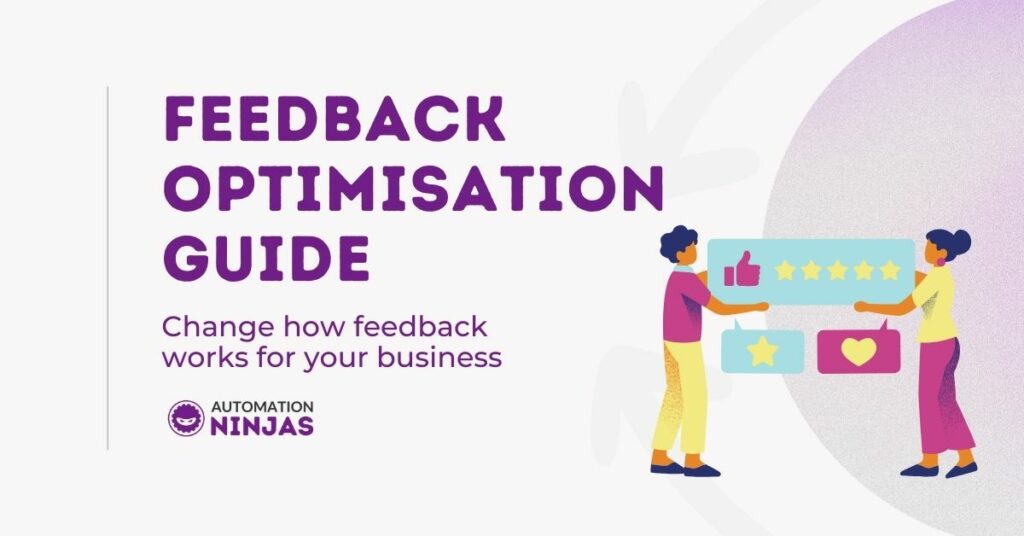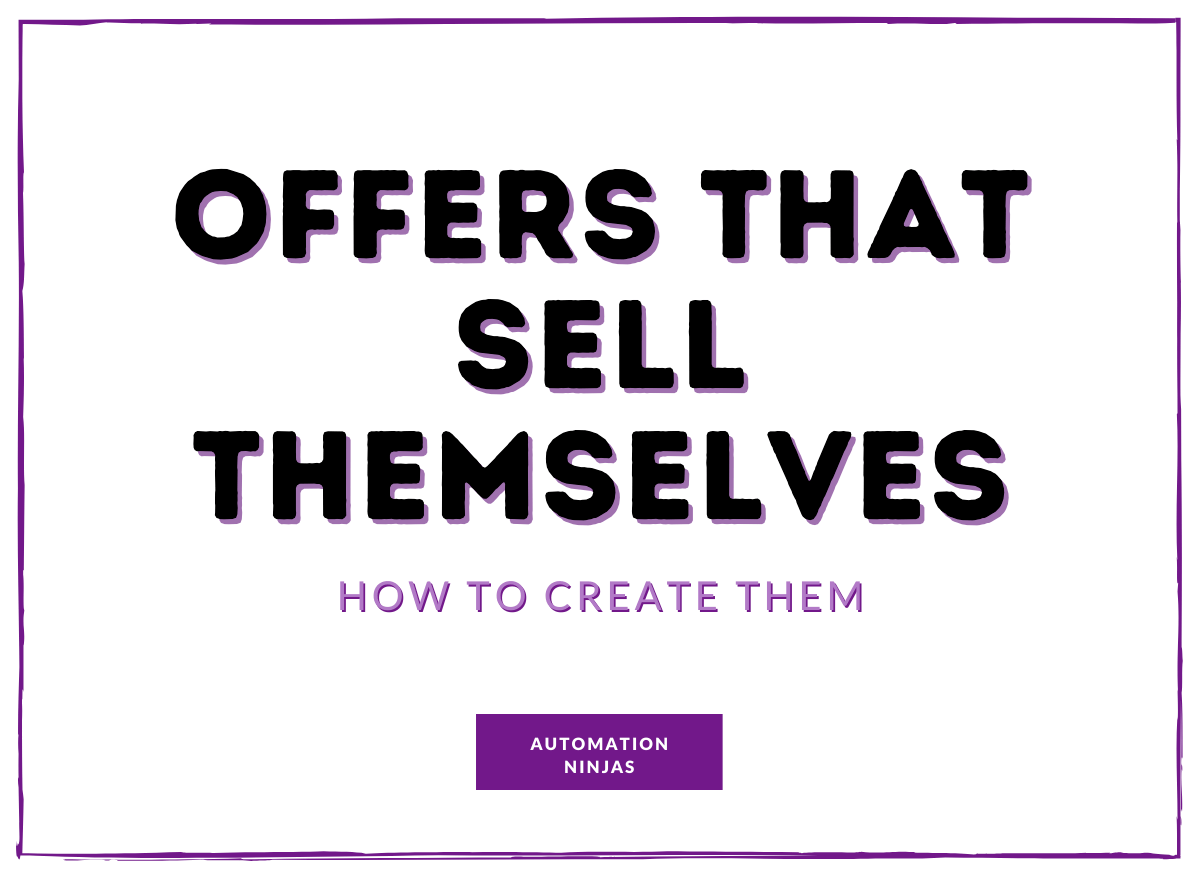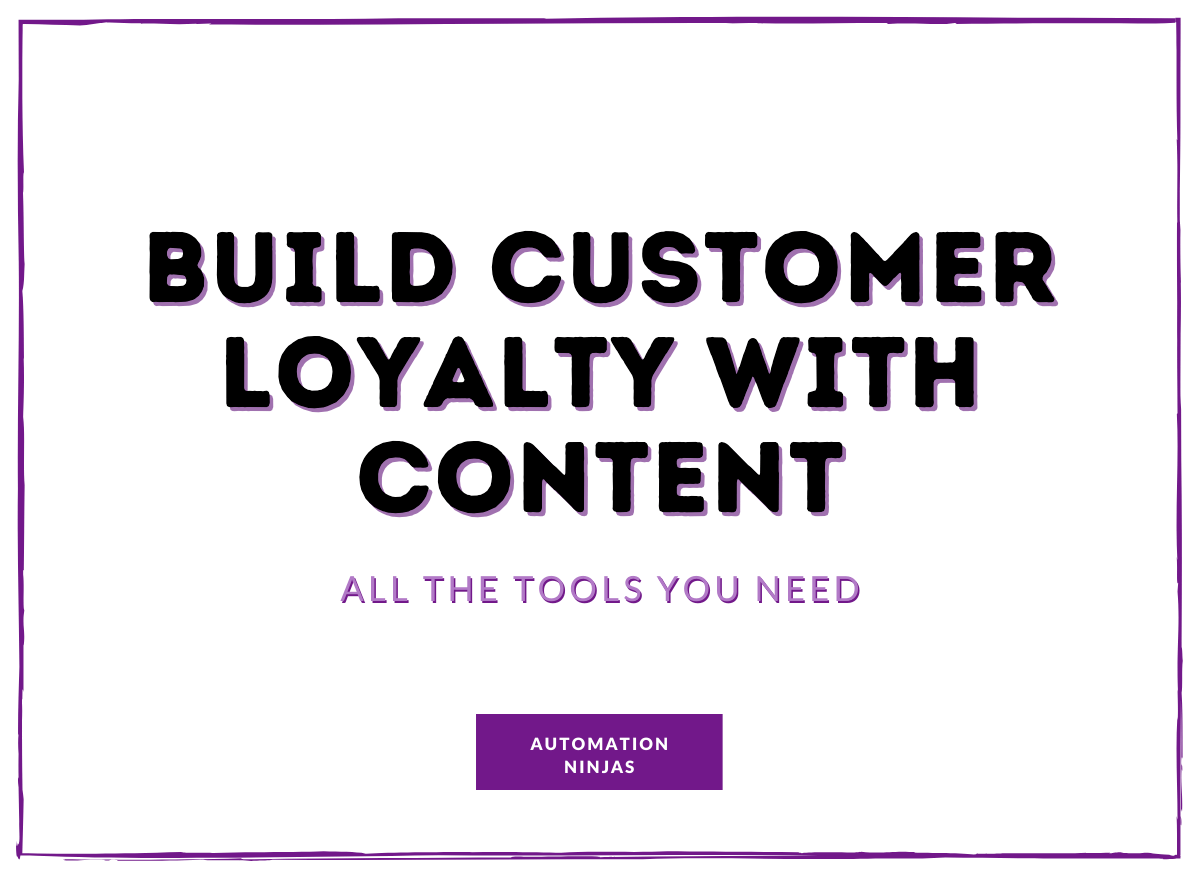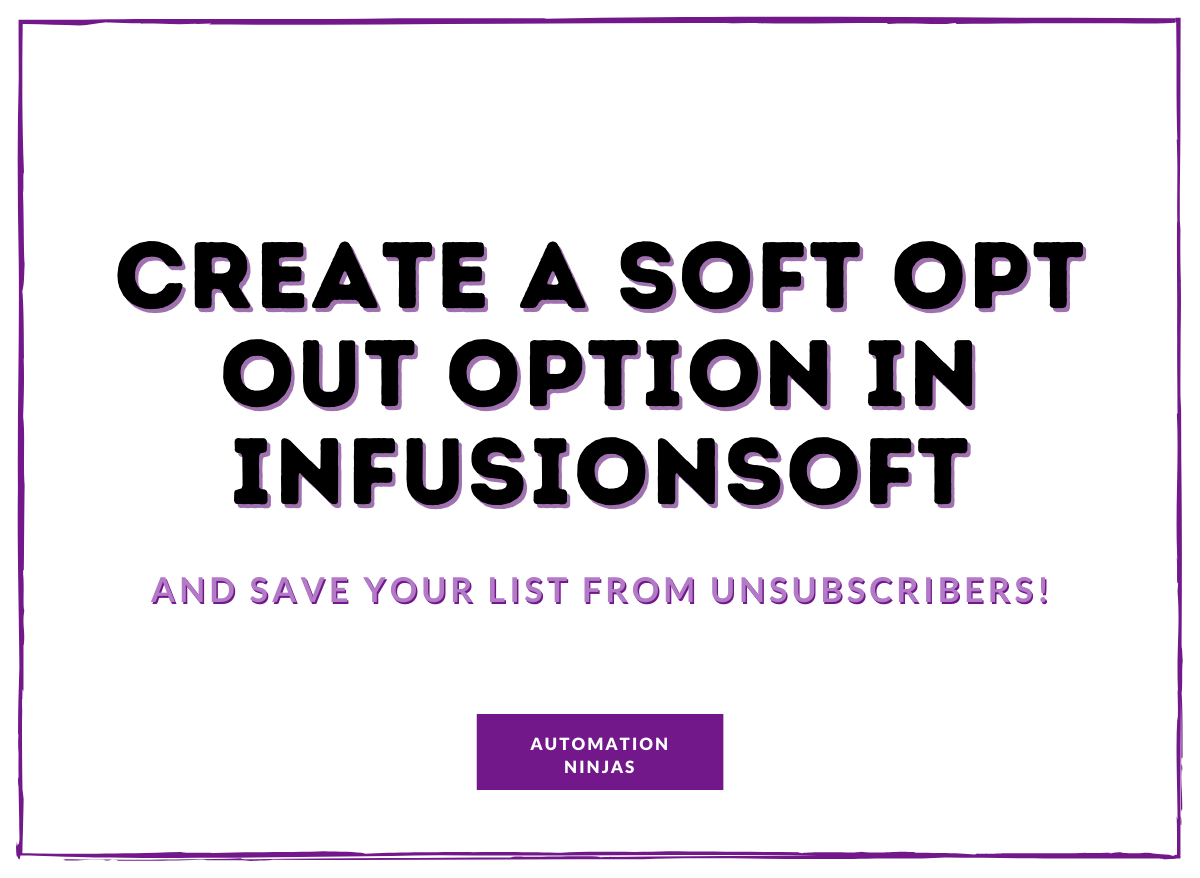How to improve your business with customer feedback…
Customer feedback is an essential part of any business, it helps us to improve, and grow and ultimately serve our customers more effectively.
Without the insight from feedback, we’re merely playing a guessing game, and could be pushing hard in one direction while our customers are really hoping for something different.
Companies that excel at the customer experience have revenue between 4% -8% higher than those that don’t. And customer feedback ensures that in today’s hyper-competitive and saturated business world, that we are attuned to what our customers really want.
In this blog we explore what customer feedback is, why it’s so important and how to extract optimum feedback from your clients and customers.
What is customer feedback?
Have you ever been asked to rate your experience after a purchase?
Customer feedback is the information you get about how your solution helped your customers. And it’s the most authentic way to learn more about how to improve your offerings - directly from the people who matter - your customers.
The CEO of Amazon, Jeff Bezos has this to say about customer experience:
“We see our customers as an invited guest to a party and we are the hosts. It’s our job everyday to make every aspect of the customer experience a little better”
If your guest comes up to you and says that the punch is a little weak or there aren’t enough vegetarian options, then you would take that on-board and try to improve.
And we should apply the same mindset to our businesses. The aim is not only to meet your customers expectations, but to ensure that they are exceeded.
Customer feedback offers us a resource to improve customer experience, and there is always room to improve even at the top of our game.

What is a feedback loop?
A feedback loop is the process of using results to guide future behaviour. In business this means listening to your customers and then using this to improve your product or service. |
Let’s look at a restaurant as an example. Imagine you are the head chef and you get some feedback from a customer that your steak was tough.
What do you do next?
You can review it, test some other steaks from the same delivery and then potentially consider a different breed, cut or age to improve the consistency of quality for future customers. This will ensure that you don’t run into the same problem in the future.
The feedback loop can also be instrumental in building customer loyalty because customers love feeling important.
In fact, 67% of customers think that churn is preventable if a business resolves issues the first time they occur. If a customer knows you are taking on board their feedback, they’ll be more likely to invest time and money with your business.
How to ask your customers for feedback…
Asking for customer feedback is something that some business owners can be a little hesitant about. They’ve made the sale and they’re pleased, they don’t want to push their luck by asking for a testimonial.
If you aren’t asking for feedback from your customers then you are starving your business of the oxygen it needs to grow.
Brian Halligan, CEO of Hubspot says:
“Feedback is the breakfast of champions”.
It doesn’t matter whether you’re sitting down to a plate of positive or negative reviews because both will help you better your customers' experience overall.
Asking for the feedback can be done in various ways, but the most important thing is to make it as easy as possible for your customers so that you can extract the most useful information.
Analytics have changed how we gather data but ultimately what we really want is our customers' opinions. We want to know why they purchased the product, why they needed it, how they benefited them and what we can do to make it an even better solution for them.
Here are four ways we think work pretty damn well:
1. Surveys
2. Testimonial questions
3. Ask them what they thought
4. Behaviour tracking
So let’s dig into these four ways in a little more detail.
1. Collect customer feedback via surveys…
Surveys are a great way to tap directly into reliable information from your customer post-purchase.
Surveys can be super focused - allowing you to extract the exact information you’re looking for with well crafted questions.
Plus, the excellent part is that it’s a quick and painless way for your customers to share their thoughts with you.
2. Ask your customers for testimonials…
It’s important that you make an effort to collect accurate testimonials from your customers to help persuade future customers that you are the right fit.
Testimonials need to be substantial. It’s not enough to just have a testimonial saying “they’re great”.
A testimonial should include measurable results, felt benefits and genuine application in order to be effective. For example:
“I achieved 110% ROI with X”
Here is an example of one of our customer testimonials, that reinforces our business proposition.
‘’I always love working with Kenda and her Ninjas. There is no BS. They get straight to the point and are fantastic at asking questions that force me to think about my pipelines, sales ladders and funnels from a new, previously unconsidered angle. This results in a great plan which can be easily implemented from the beginning.’’ - Mike Browne, Picture This LTD.
Related content: What are useful testimonials?
3. Ask your customers what they thought…
What did you think?
Yes, it seems simple but sometimes over complicating it just makes it hazy and unhelpful.
So just ask them when you follow up - pile some good value on and then ask them to give you a quick line about how to be even better.
4. Track your customers feedback…
Understanding what your customers are clicking, where they are spending most of their time and which emails they are opening will help you build a picture of what they’re interested in.
This will show you the best way to optimise your user experience, and continually improve.
You can do this by installing software on your website, or something free like Google Analytics will help you track and optimise behaviour.
Get in touch!
How the feedback loop increases Customer Lifetime Value…
Ultimately the feedback loop . Which is excellent news as increasing customer retention by justThe amount of time you retain a customer X (how much they spend with you in a period of time minus the cost of getting them/keeping them) |
So how do we build customer lifetime value using our feedback loop?
Customer feedback helps us to improve, and we can implement it to help keep customers happy. Happy customers are more likely to stick around for longer.
increases retention 5% can increase profits by 25% to 95%.Imagine you are selling fresh bread. Your customers tell you that they would love it if you delivered. If you started to do this then your current customers will buy from you for longer as you are giving them what you want.
Implementing the feedback will increase customer satisfaction and build your customer lifetime value.
You can’t keep everyone happy but if 80% of your customers are asking for the same tweak it would be beneficial for their experience and your business to implement it.
The benefits of customer feedback…
So, yes, we know that feedback helps to improve customer lifetime value, but what other benefits does it bring to your business…
1. Improves your product
2. Increases referrals
Let’s look into these in more detail…
1. Improves your product…
Fresh eyes are always critical
You know your product and you’ve created it for your customers. But if they have a sticking point that you overlooked or misunderstood it can really help you elevate your product to make it more useful.
Getting information from the people who use your product or service is the best way to understand the impact it has, and how it can be optimised.
2. Referrals from feedback…
Did you know that 90% of customers are influenced by positive reviews when buying a product or service?
People listen to other people, and a positive testimonial from a happy customers is a great way to show how great you are to work with.
Word of mouth is old school but it’s trustworthy and effective.
3. Even bad feedback is positive…
If someone leaves you a less than desirable review, don’t panic.
This is a perfect opportunity to take on board what they’ve said and also show your customers that you value them by doing what you can to turn it around.
Offer a free strategy call so they get the most out of your solution or thank them and ask them to review a separate product for free - show them their opinion is valid.
Dealing with a negative review can be the perfect opportunity to show how great your customer service is.
4. You get measurable results…
Every business can build with data. Feedback gives us the unique opportunity to really get into our customers heads, once we’re there the world is our oyster.
Using customer opinion to establish a baseline for their experience can really rejuvenate your offerings.
5. Give them some TLC
Of course, customers want to feel special.
If you take the time to not only hear them but then action their feedback, it will show them how much you value their role in your business and how much you want to make their experience the best it can possibly be.
Should you be gaining feedback from customers?
Gathering and optimising your feedback will grow your business. And ultimately this will help your business improve, increase customer satisfaction and improve your customer lifetime value.
How are you going to start listening to your customers and what they have to say?
Will you implement their input and improve their experience?
If you need help with how to do this, then you can get in touch with us to see how we can implement this.







